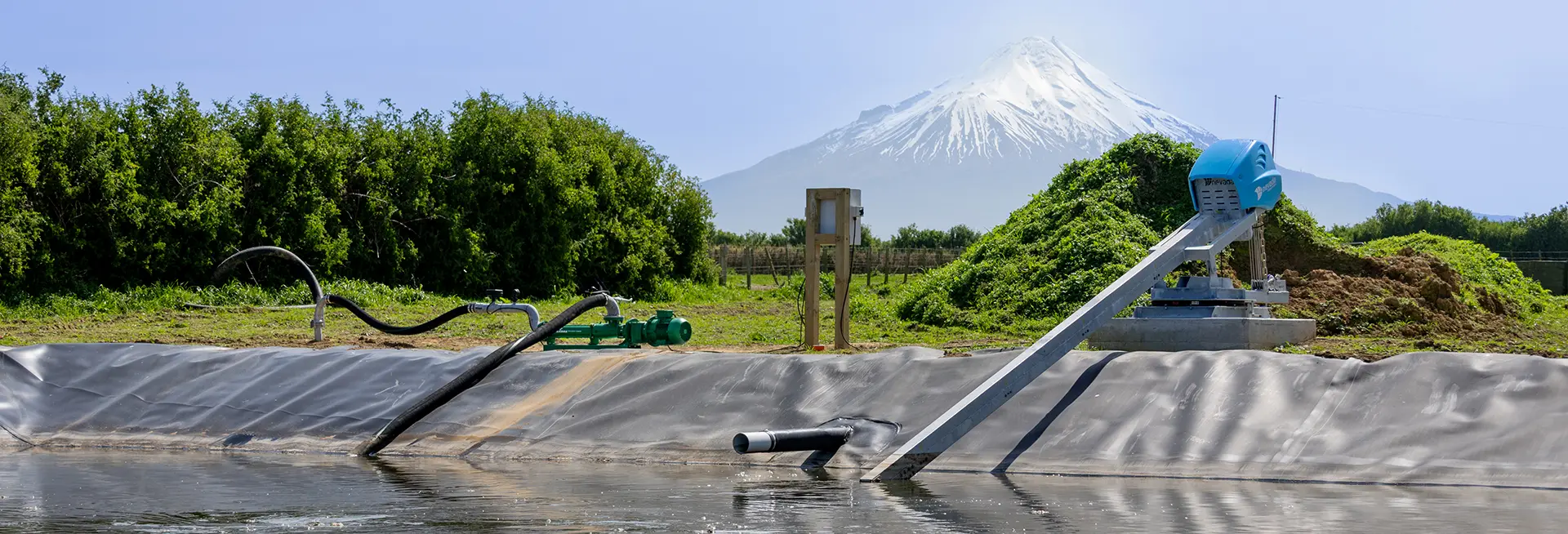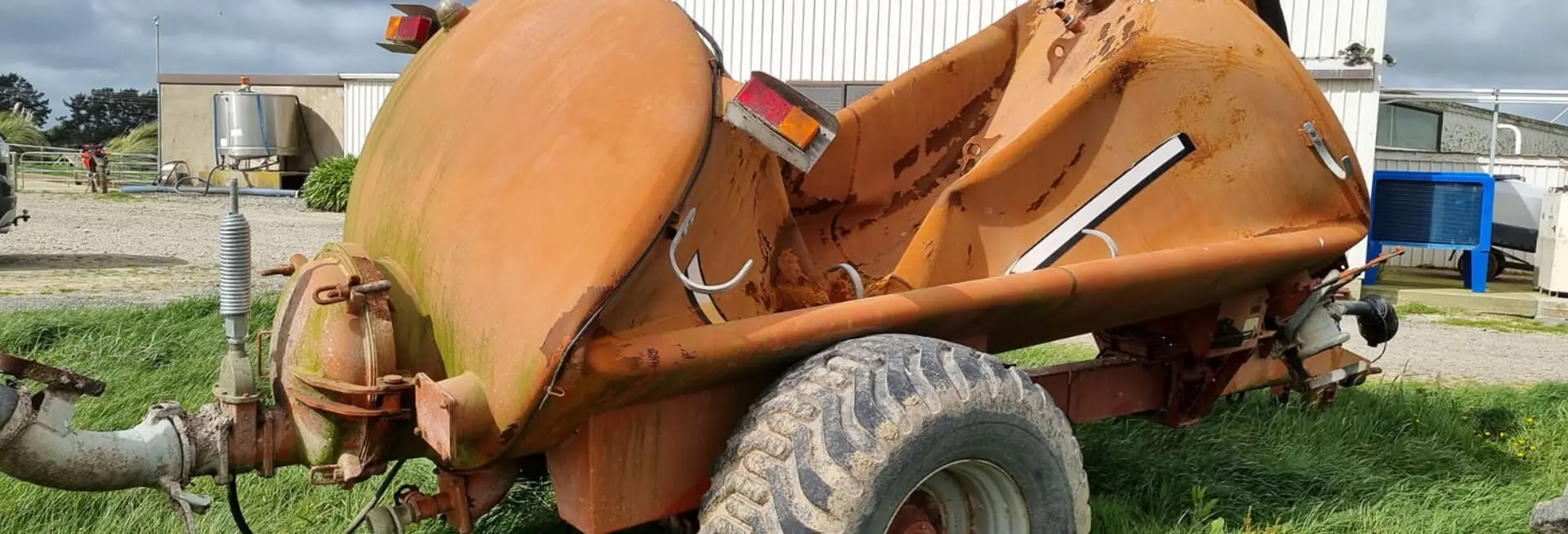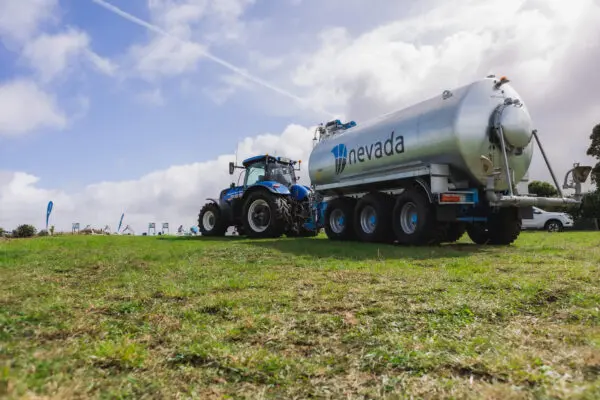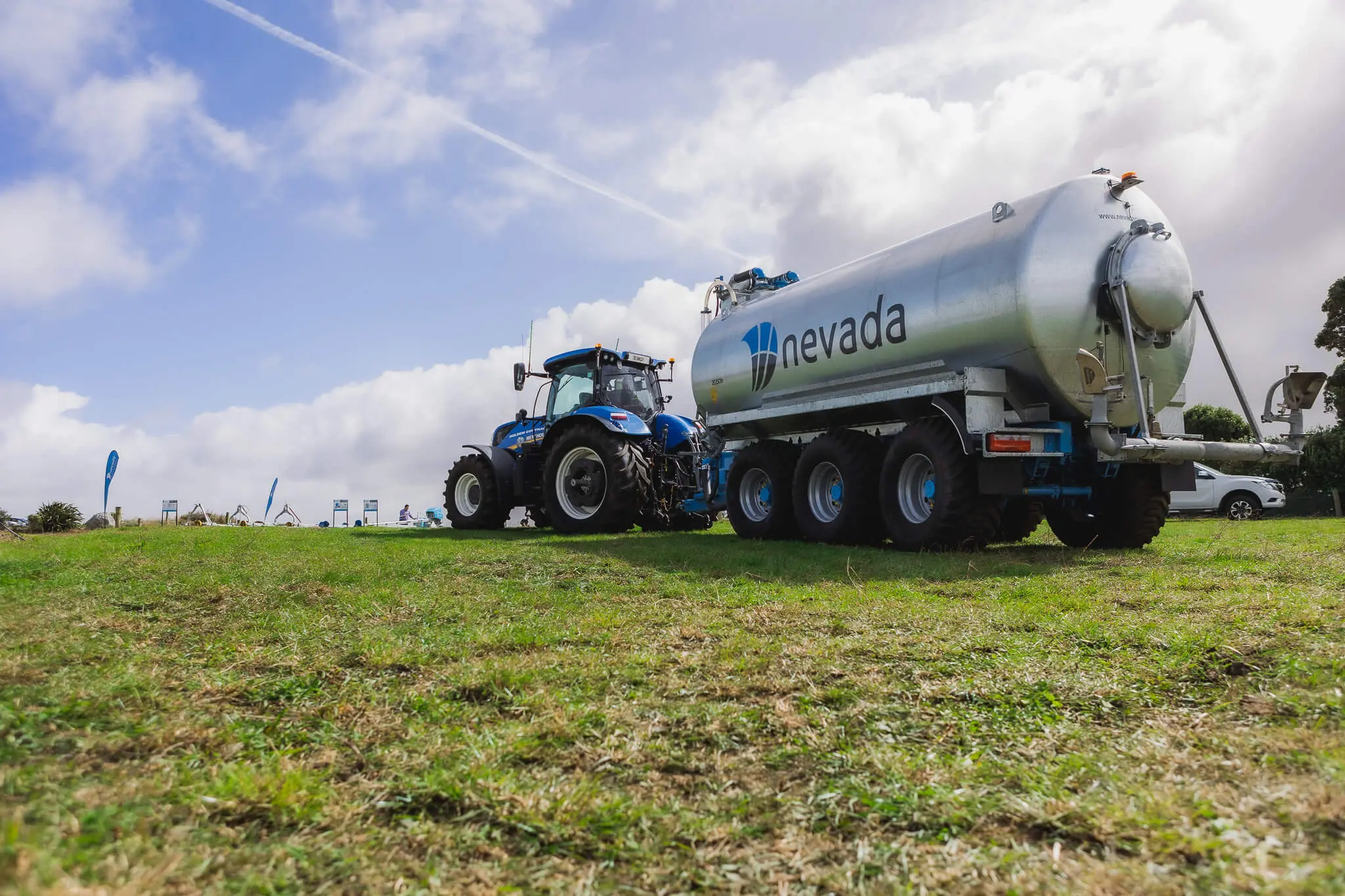It is often thought that slurry tankers are more expensive than pumps, but this is not normally so.
With any pumping system there is also a reticulation system required. Slurry tankers enable you to apply effluent to the whole farm, so to make a full compression you would need to allow for at least 2,000 metres of pipe.
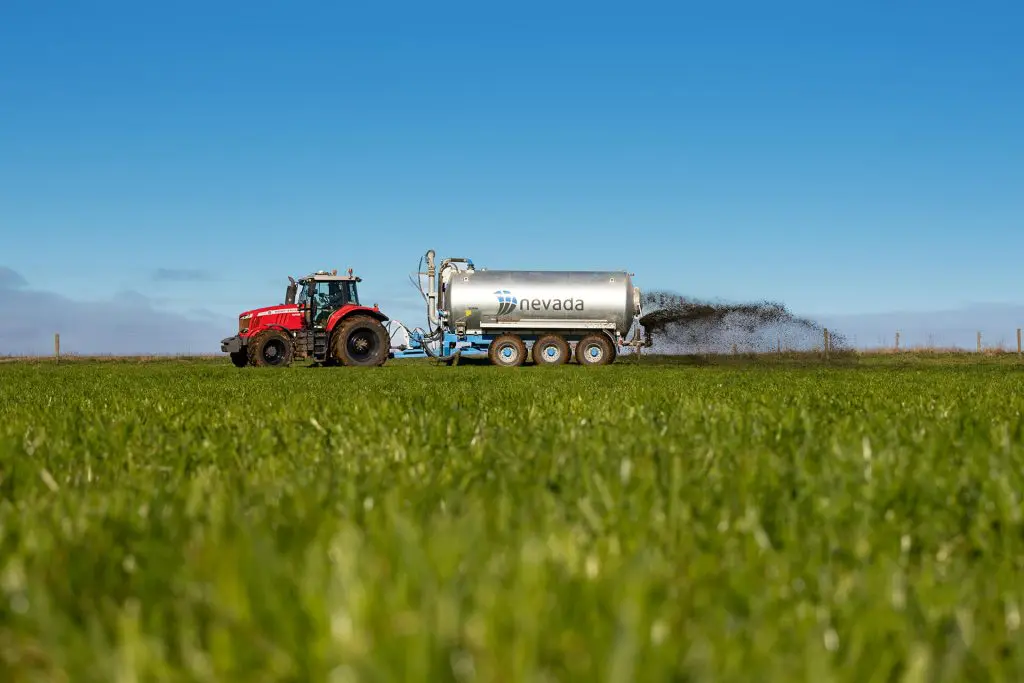
The other hidden cost of pumping systems is the installation – especially electric connects.
Typically, a comparable effluent irrigation system for a 300+ cow farm is $80,000 to $120,000. This is considerably more than the cost of a slurry tanker. Give one of our consultants a call for a FREE assessment for your farm.
